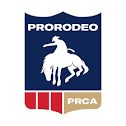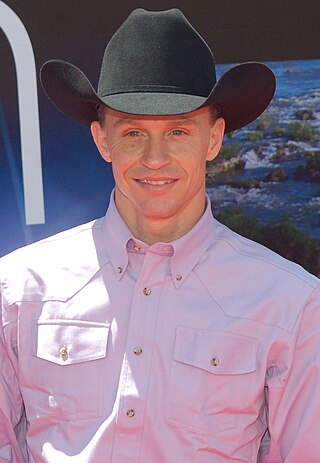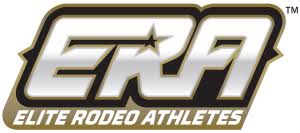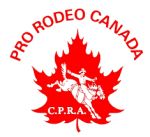Sausal Park Race Track and the Beginnings of the Rodeo
The Sausal Park Race Track was the predecessor of the California Rodeo. In 1872, a racetrack, grandstand, bar, and restaurant were constructed by the Monterey County Agricultural Association on 69.4 acres (281,000 m2) in Salinas. The land was donated to the city by Eugene Sherwood and Richard Hellman of San Francisco, on the condition that a fair and race would be held at least once every two years. If the city did not hold to this condition, then the property would go back to its former owners. The first race was held in 1875. The Monterey Fair Association was incorporated and the racetrack was also used by the Pacific Coast Trotting Association. In 1878, the park was renamed Sherwood Park. By 1909, the popularity of the races had decreased dramatically, and the future of the property was in question, due to the condition put on it by its former owners when it was given to the city — that a race had to be held once every two years.
The solution for the city came from a group of cattlemen whose informal club went by the name of the "Salinas Coyotes." (The main activity of the club was a bull's-head BBQ with generous amounts of bourbon whiskey!) Iver "Red" Cornett thought that having bucking horses in between the races would draw more interest from the public. The first show was held in 1910 at a baseball park on West Market Street. The show was very successful and the next year was moved to the racetrack at Sherwood Park.
On August 1, 1911, the first Rodeo was held at the racetrack grounds. It was advertised as a Wild West Show. Because it ran for a week, Iver "Red" Cornett wanted to call it "Big Week." Frank Griffin wanted to call it "The California Rodeo." Both names are still used today. The founders of the rodeo, in addition to the two mentioned above, were H.E. Abbott, James E. Breen, Sam Matthews, Lawrence "Butch" Beevers, Arthur Hebbron, Julius Trescony, John Bryan, E.J. Redmond, Ed Bordieu, A.J. Zabala, P.E. Zabala and H.W. Lynch.
The first horse parade down Main Street was held in 1911. It was led by James R. Hebbron, who led every parade after that until 1926—the year he turned 97. The parade consisted of a 16-part band and about 100 horses ridden by nearby ranchers. There was another parade that was held on the evening of the closing night. It was less formal and consisted of the few cars that could be decorated, rather than horses.
The rodeo in 1912 was even more successful than the one the year before. This was the first time that cowgirls were included. This was also the first time that out of town dignitaries and politicians attended. The highlight of that year's show was the performance by the black cowboy Jesse Stahl. He competed in bronc riding twice, once facing forward, the other time facing backwards. Jesse Stahl retired in 1929 and was probably the most well-known black cowboy in history. The total attendance to the 1912 show was 4,000.
The trotting races where zoned out by 1913 and the eleven leaders of the show started trying to make the show a permanent feature. Frank Griffin became the President and Rodeo Boss, which he held until 1934. The program was extended to include over 20 events and the evening parade was formalized. It was given the name "El Colmado del Rodeo" and was sometimes called the "Colmo del Rodeo". It was eliminated in 1985, but not before it achieved the status of the largest night parade west of the Mississippi. In 1930, a parade for children only was instituted, called the Kiddie Kapers Parade, which continues today. The Colmo del Rodeo was re-instituted in 2010, and is preceded by the Kiddie Kapers Parade.
In 1914, the show was incorporated under the name "California Rodeo." The war did not stop the rodeo in the years 1917 and 1918. In 1923, the rodeo paid the City of Salinas $40,000 in order to get a Quitclaim deed to the location from the Sherwood heirs. The title cleared in 1924, and the rodeo was reincorporated as "California Rodeo, Inc." A municipal bond issue in the amount of $40,000 was passed that year. It was used to build an 8,000 seat grandstand, a ½ mile racetrack, two barns, fences, and bucking chutes. It was paid off in 1944 from revenue made by the rodeo and the City of Salinas didn't make any money off of it.
The first "Queen of the Rodeo" contest was in 1926. It was won by Miss Bernice Donahue. By 1929, the contest had evolved into the "Sweetheart of the Rodeo" contest. This was won by Miss Lilian Kirschner of Santa Clara County. Also in this time, Abe Lefcowitz, a former clown in the rodeo, became the official announcer. He became known as Abe Lefton, and was the announcer from 1928 until 1950. His comical thoughts about dignitaries, politics, and the sport were loved by the fans. By 1929, the local cowboys were becoming outnumbered by out of town professionals. But this was not due to lack of support from the locals — the parade, which WAS mostly of locals, was over a mile long! Also, in that year, the Rodeo Cowboys Association was formed. In 1936, it became the Cowboy Turtle Association, before becoming the PRCA (Professional Rodeo Cowboys Association). In 1994, the rule was passed that all competitors had to be registered with the PRCA.











